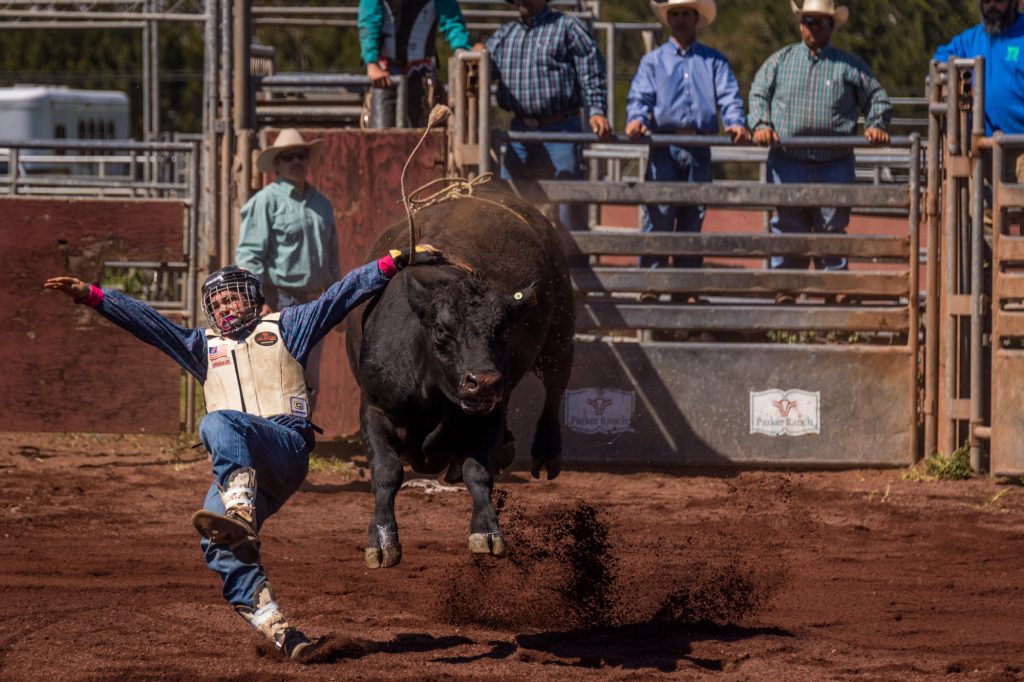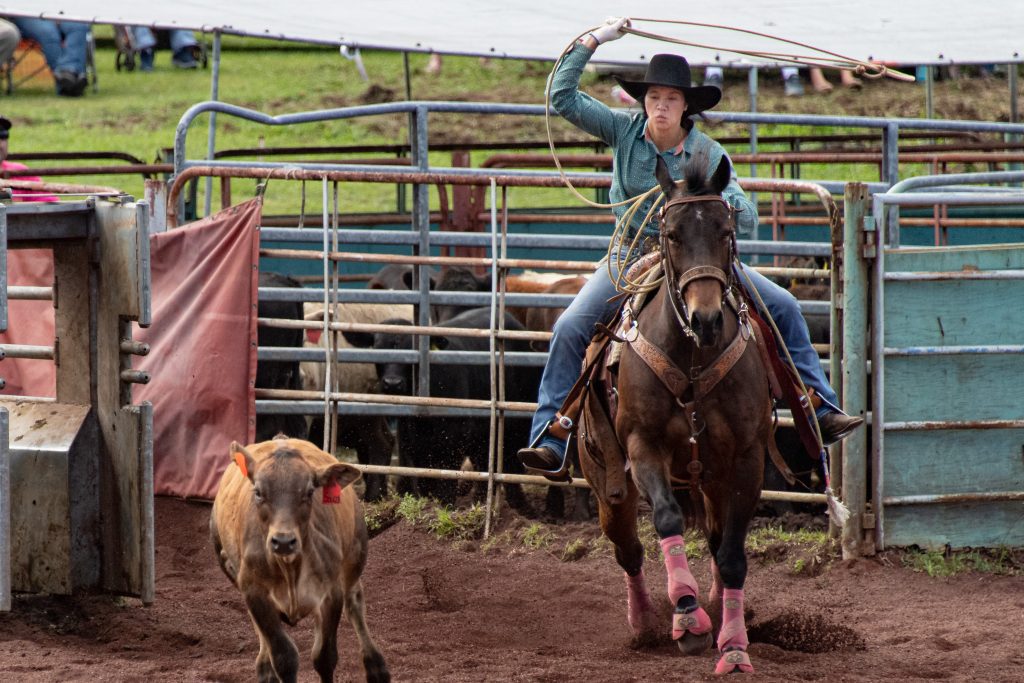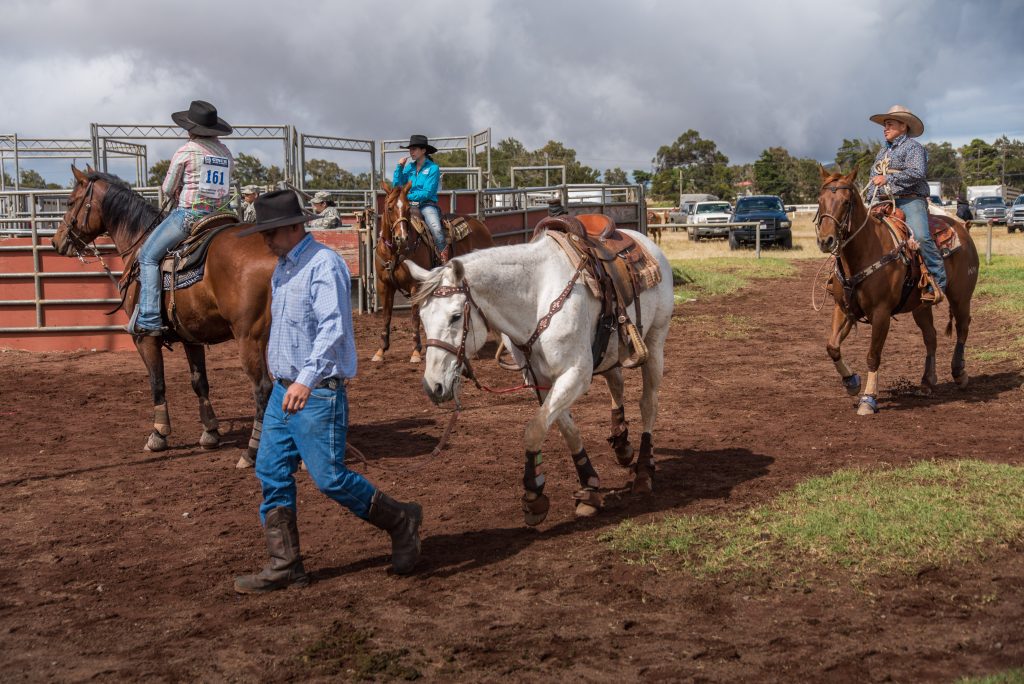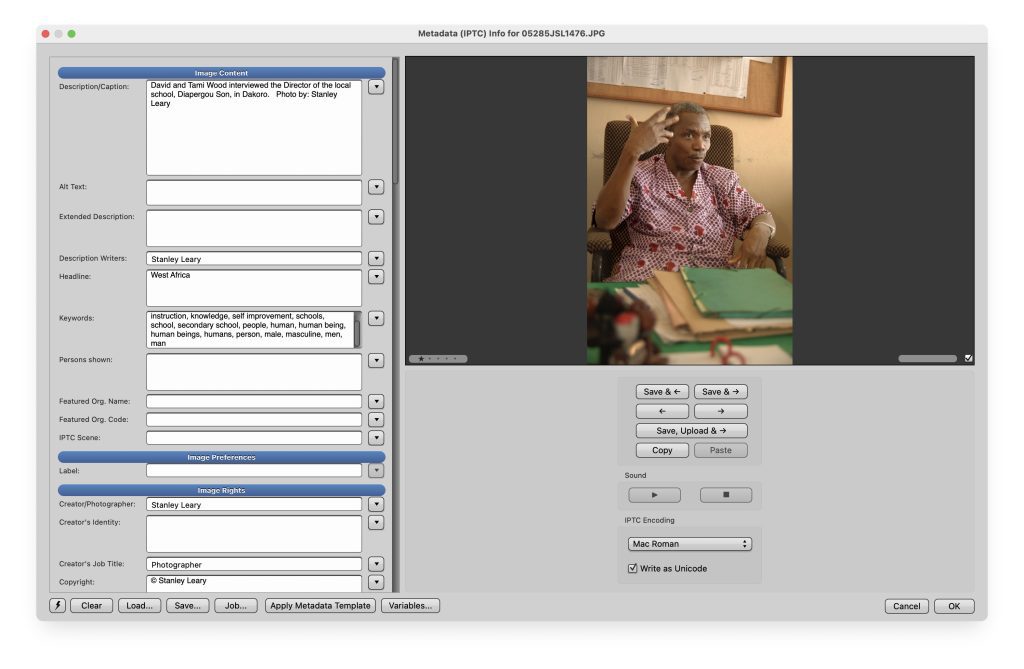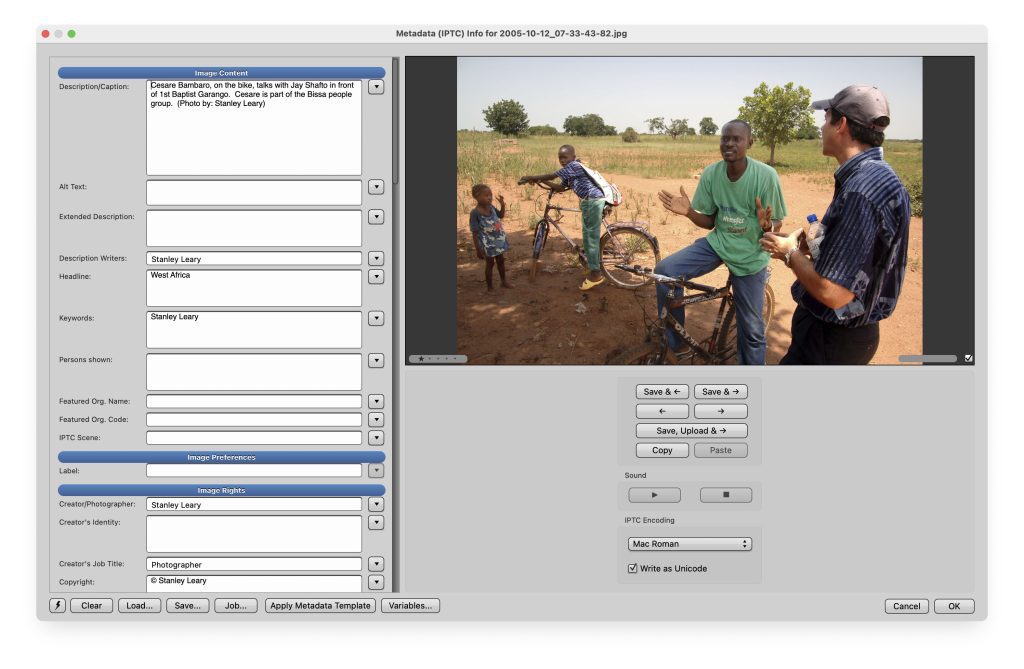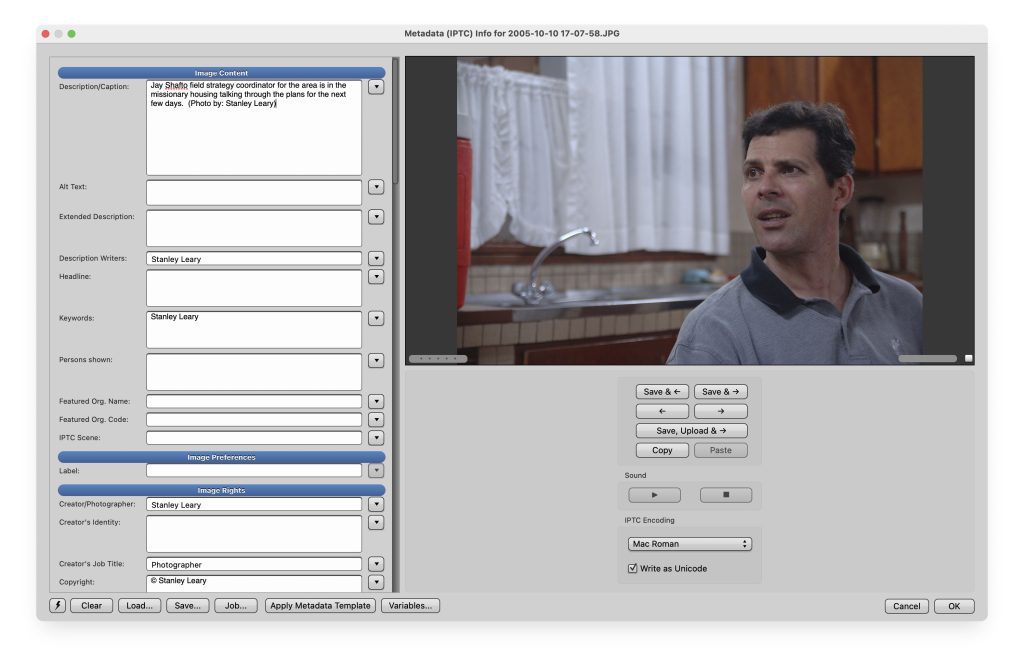Caption: A Pre-K class trip to Alpharetta Children’s Dentistry. They are trying to dispel the fears of children going to the dentist. The hygienist uses a frog puppet as the patient to teach the students how to take care of their teeth.
Introduction: Understanding Anxiety as a Normal Human Emotion
Anxiety and fear are natural human emotions that protect us from potential dangers. However, stress can escalate to excessive and irrational levels for some individuals, becoming an ongoing distress that interferes with their daily lives. In this blog post, I want to share my experiences with anxiety triggers and how I have learned to cope with them. By opening up about our struggles, we find relief and create a sense of connection and support with others who might be going through similar challenges.
Writing It Down: The Power of Processing Anxiety
When anxiety overwhelms us, one of the best ways to deal with it healthily is by writing down our thoughts and emotions. Bottling up stress can have detrimental effects on both our mental and physical well-being. Expressing our feelings on paper can be cathartic and serves as a way to process our fears and worries, helping us gain a clearer perspective on the situation.
Helping Others and Finding Purpose
A valuable lesson I have learned over the years is that helping others can offer a sense of purpose and also aid in managing anxiety. By reaching out and supporting those around us, we not only alleviate their burdens but also experience a boost in our well-being. Engaging in acts of kindness and empathy can be a powerful countermeasure against anxiety’s grip.
Unraveling the Triggers: White Coat Syndrome and Business-related Anxiety
One of the triggers that significantly impacts my anxiety is white coat syndrome, commonly known as white coat hypertension. This condition refers to elevated blood pressure readings in a doctor’s office due to anxiety. The fear of not having enough work can also trigger anxiety as a business owner. Recognizing these triggers allows us to address them and seek appropriate support proactively.
Everyday Anxiety and Stressful Life Events
Anxiety can stem from various sources, including everyday stressors and significant life events. Personal relationships, financial stability, and world events beyond our control can all contribute to heightened anxiety levels. Understanding that anxiety serves as a message from our bodies to address essential aspects of our lives can help us confront and manage these challenges more effectively.
Coping with the Wisdom of Experience
Age can bring the advantage of experience and past victories over anxiety-triggering events. Reflecting on our ability to overcome challenges in the past can instill confidence in our ability to cope with current struggles. We can remind ourselves that we have survived and emerged stronger from similar situations.
Staying Present and Focused: Dealing with Uncertainty
An effective coping exercise is to focus on the present rather than getting overwhelmed by uncertainty about the future. Taking one step at a time and addressing each challenge individually can reduce anxiety and prevent us from catastrophizing situations.
Learning from Others: Seeking Support and Sharing Coping Strategies
Opening up to close friends and confidants can provide much-needed relief. Vocalizing our anxieties allows us to hear them differently and often provides valuable insights. Additionally, seeking advice from friends about coping with stress can offer new perspectives and helpful coping strategies.
The Power of Rest and Self-Care
A good night’s sleep is essential for our mental and emotional well-being. Rest and self-care allow our minds to rejuvenate, enabling us to approach anxiety triggers with a more precise and calmer mindset.
Conclusion: Embracing the Journey of Anxiety Together
Anxiety is a universal human experience; we face different triggers and challenges. Sharing our struggles and coping strategies can create a supportive community where understanding and empathy prevail. Remember, seeking help and leaning on others during difficult times is okay. Together, we can navigate anxiety and find strength in self-discovery and growth.













